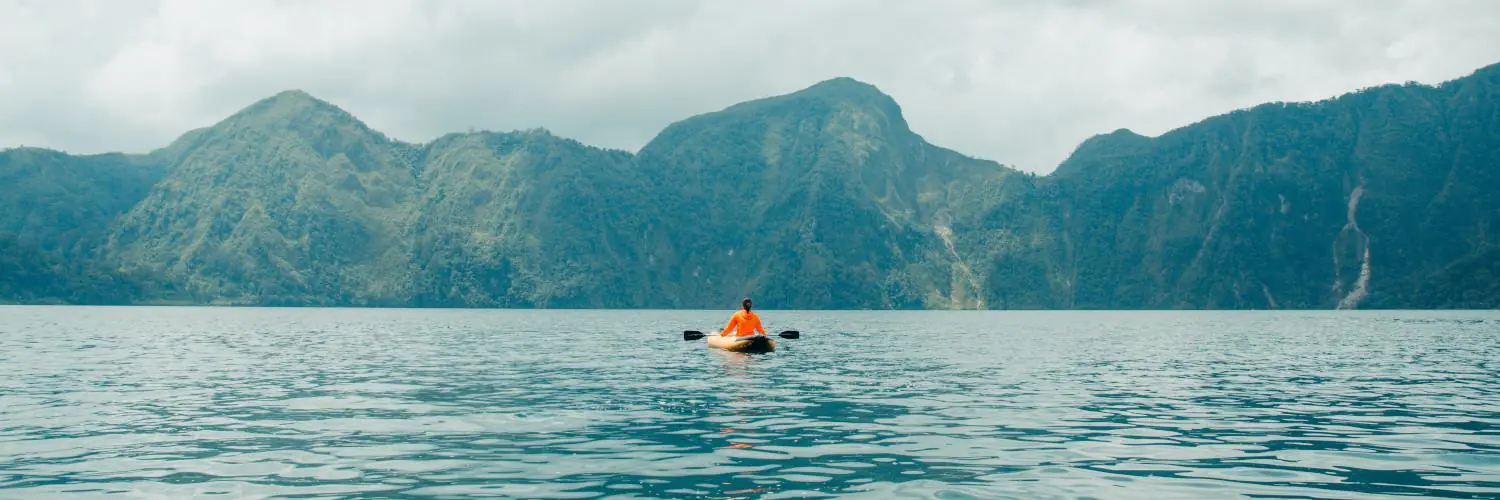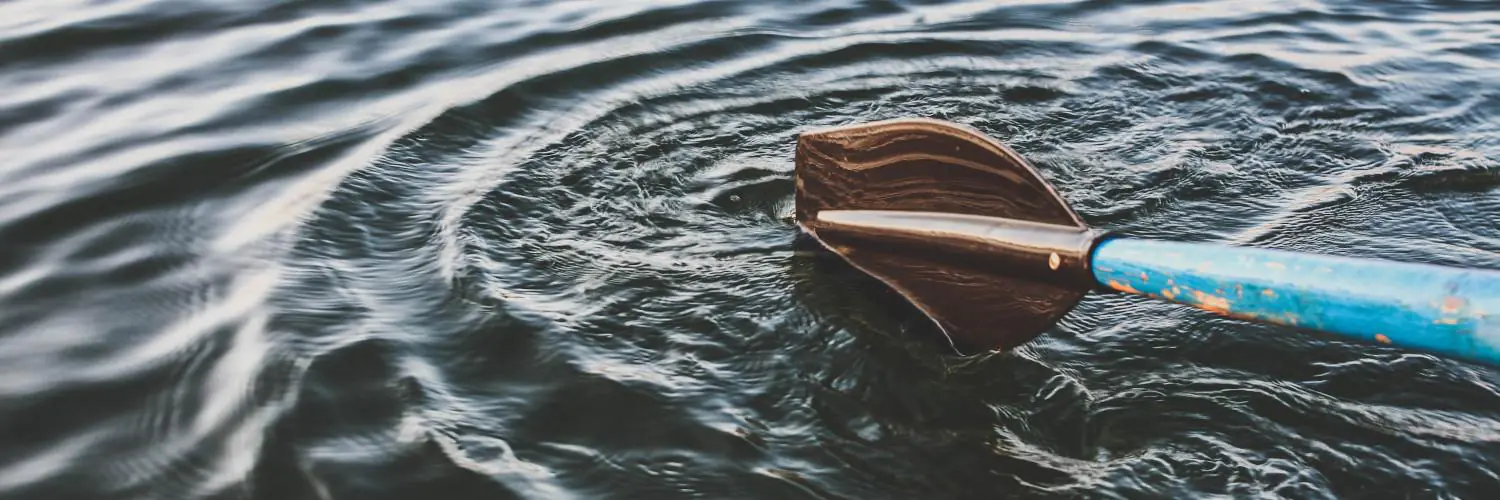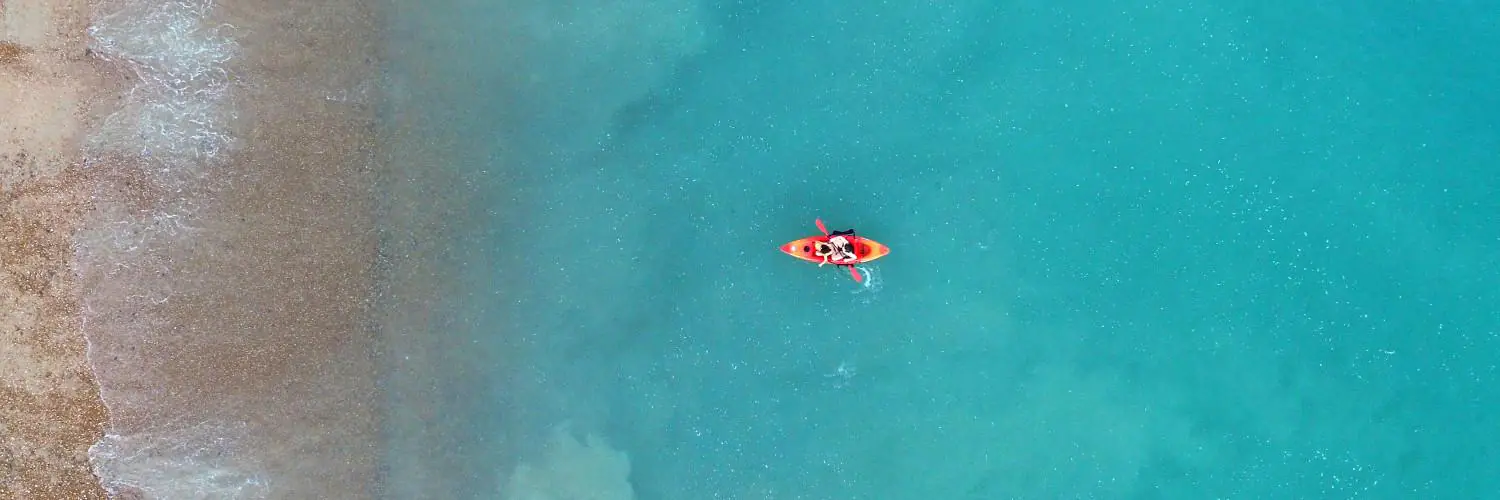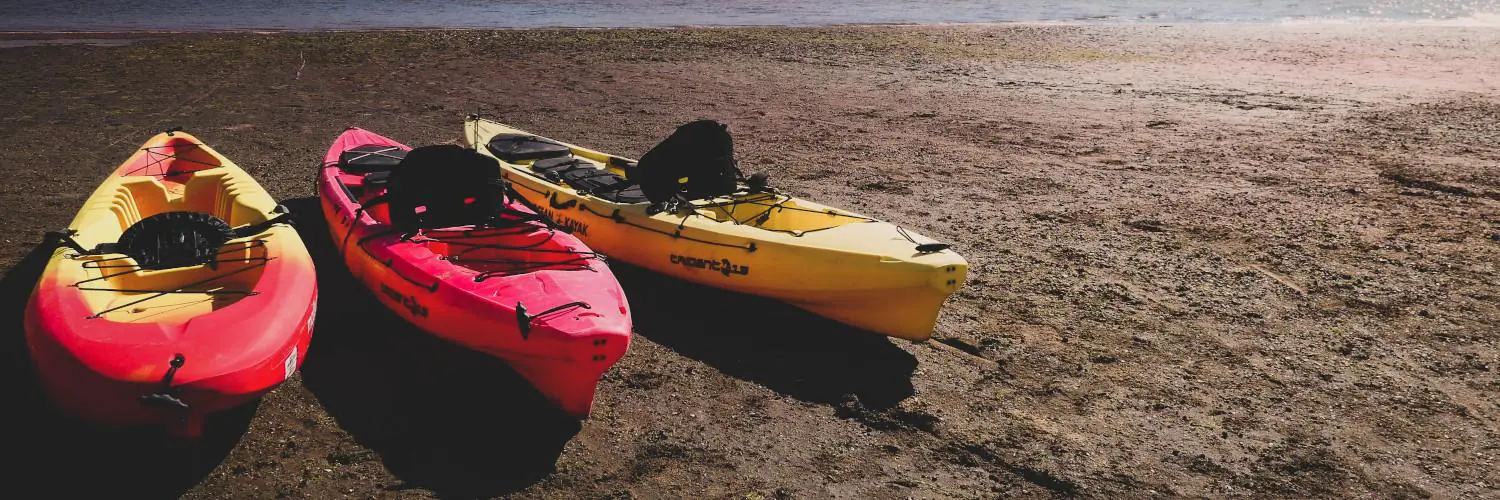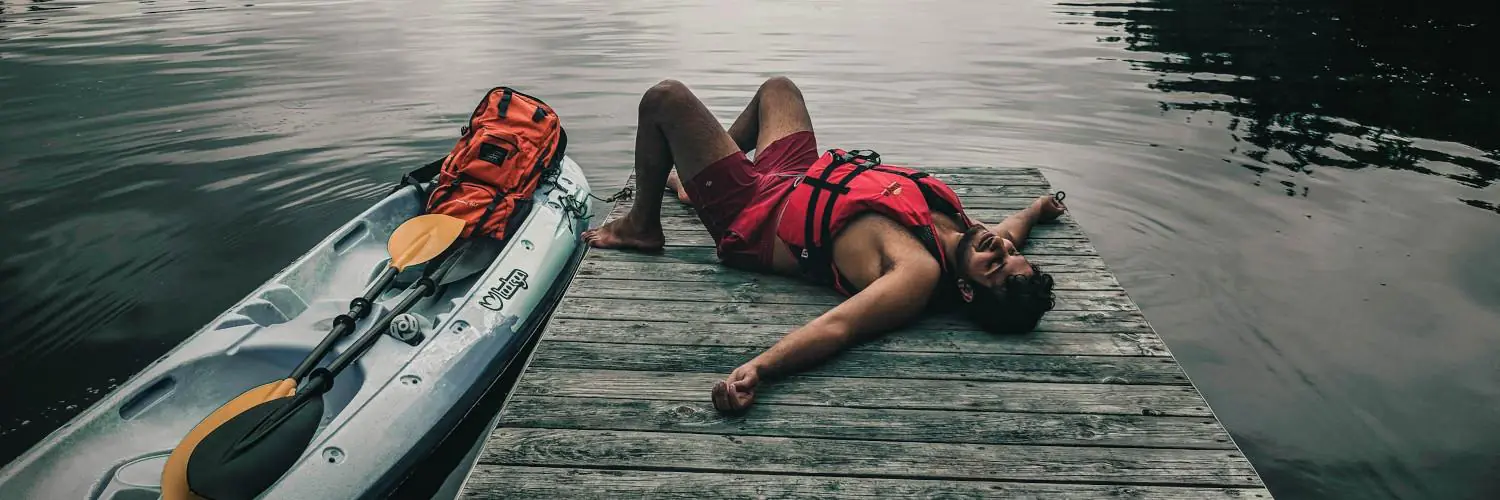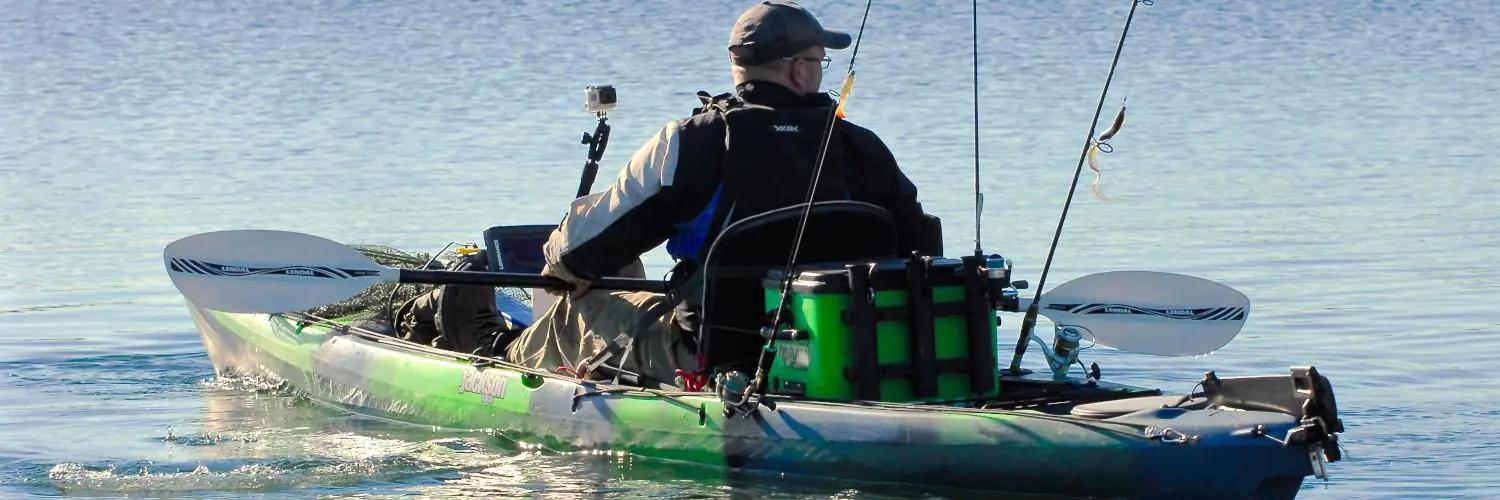Kayak boat launch etiquette is key to creating a safe and enjoyable experience for everyone at the water’s edge. Proper manners ensure smooth operations and prevent conflicts between different types of boaters.
Good launch etiquette includes using designated areas, being quick and efficient, and respecting other users’ space and time.
Kayakers have more flexibility in where they can enter the water compared to larger motorized boats. This freedom comes with added responsibility to be considerate of others.
When sharing a launch with motorboats, kayakers should move swiftly and avoid blocking ramps or docks for extended periods.
The weather plays a big role in kayak launching plans. Checking wind conditions and choosing protected launch spots can make for a safer, more pleasant start to a paddling trip.
Being prepared and aware of one’s surroundings helps create a positive atmosphere for all water enthusiasts.
Table of Contents
Understanding Kayak Launch Types
Kayak launches come in different forms to suit various water access points. The two main types are cartop launches and shoreline launches. Each offers unique benefits and considerations for paddlers.
Cartop Launches
Cartop launches are designed for easy access with kayaks transported on vehicle roofs. These launches often have paved or gravel surfaces near parking areas.
Kayakers can unload their boats and carry them a short distance to the water’s edge.
Cartop launches may have gentle slopes or small docks for easier entry. Some provide kayak-specific racks or stands to assist with preparation. These launches are common at parks, campgrounds, and public water access points.
Cartop launches work well for solo paddlers or small groups. They reduce congestion at boat ramps meant for larger watercraft.
Shoreline Launches
Shoreline launches allow kayakers to enter the water directly from beaches or banks. These natural entry points require no special infrastructure. Paddlers can simply carry their kayaks to the water and push off.
Sandy beaches make for easy shoreline launches. Rocky or muddy areas may need more care to avoid damage to kayaks. Shallow water at the launch site helps kayakers enter their boats safely.
Shoreline launches give paddlers flexibility to choose entry points. They work well in areas without formal boat access. Care must be taken not to disturb plants or wildlife along natural shorelines.
Preparing for Launch
Getting ready to launch your kayak requires careful preparation. A smooth launch involves organizing your gear and prioritizing safety.
Staging Area Protocol
Find the designated staging area near the boat ramp. This space is for unpacking and gearing up. Keep the actual ramp clear for boats actively launching.
Move your kayak and gear to the staging area. Unload everything away from traffic. Set up your kayak and organize your equipment efficiently.
Be mindful of others. Don’t spread out more than needed. Pack up quickly after your trip to free up space.
For motorized kayaks, check fuel levels and engine function before moving to the ramp.
Safety Gear Checklist
Always wear a properly fitting personal flotation device (PFD). Check that it’s Coast Guard approved and in good condition.
Bring a whistle or horn for signaling in emergencies. Pack a first aid kit and know how to use it.
Carry a paddle float and bilge pump for self-rescue. Include a spare paddle if possible.
Bring enough water and snacks. Pack sunscreen, a hat, and sunglasses to protect from sun exposure.
For longer trips, pack a dry bag with extra clothes. Include a basic repair kit for your kayak type.
Check the weather forecast. Bring appropriate clothing for changing conditions.
Boat Ramp Etiquette
Proper etiquette at boat ramps is crucial for a smooth and safe launching experience. It helps kayak anglers and other boaters coexist harmoniously. Following good practices shows respect for fellow water enthusiasts and keeps the launch area efficient.
Launching Efficiently
Prepare your kayak and gear before approaching the ramp. Load fishing equipment, secure items, and attach safety gear in the staging area. Back your vehicle to the ramp only when ready to launch.
Move quickly but safely to minimize time on the ramp. Ask a friend to help if needed. Once your kayak is in the water, paddle away from the launch area promptly. Park your vehicle and trailer in designated spots, not blocking the ramp.
Be mindful of others waiting to launch. If the ramp is busy, consider using a different access point for your kayak. Many kayaks can launch from shorelines or beaches, leaving ramps free for larger boats.
Considerations for Kayak Anglers
Kayak anglers should be extra careful at busy boat ramps. Your smaller craft may be hard for others to see. Wear bright colors and use lights in low visibility conditions.
Keep fishing gear organized and secure to avoid delays. Use crates or tackle systems designed for kayaks. This prevents loose items from falling into the water or causing trip hazards.
Be friendly and help foster a sense of community among kayak anglers. Share tips or offer assistance to newcomers when appropriate. Remember that everyone is there to enjoy the water and have a good time fishing.
Navigating Fishing and Licensing Regulations
Proper fishing licenses and knowledge of local regulations are key for kayak anglers. These ensure legal and responsible fishing practices while protecting fish populations.
Understand Fishing Licenses
Fishing licenses are required in most areas. Kayak anglers need to get the right license before hitting the water.
Licenses can be bought online or at local shops. Prices vary based on residency and duration. Some states offer short-term licenses for visitors.
Anglers should keep their license on hand while fishing. Many areas now allow digital licenses on smartphones.
It’s smart to check if your fishing spot crosses state lines. You may need separate licenses for each state.
Fines for fishing without a license can be steep. The money from licenses helps fund conservation efforts. This includes fish stocking and habitat protection.
Local Fishing Guides and Species
Local fishing guides are great resources for kayak anglers. They know the best spots and what’s biting. Many offer kayak-specific trips, which can be perfect for learning an area.
Different fish species have their own rules. Striped bass, for example, often have size and catch limits.
Shallow water fishing may have special rules to protect habitats.
Anglers should learn to identify local fish species. This helps follow bag limits and size restrictions. Some areas have catch-and-release only zones. Others may allow only certain types of bait or lures.
Seasonal restrictions protect spawning fish. Ice fishing may have its own set of rules. Checking a current New Hampshire fishing guide or similar resource for your area is wise.
After the Launch: Common Courtesy and Conservation
Proper kayak etiquette extends beyond the launch area. Kayakers must respect wildlife, habitats, and other people to protect nature and build goodwill.
Respecting Wildlife and Habitats
Keep a safe distance from animals. Don’t approach or feed wildlife. This protects both you and the creatures. Take photos from afar using zoom lenses.
Stay on marked trails and waterways. Avoid trampling plants or disturbing nesting areas. Pack out all trash, even if it’s not yours. This helps keep habitats clean.
Use reef-safe sunscreen to protect water ecosystems. Anchor only in designated areas to avoid damaging underwater habitats. These small actions make a big difference.
Fostering Community Relations
Be friendly to other kayakers and boaters. A simple wave or smile goes a long way.
Share fishing tips or local knowledge with fellow anglers.
Keep noise levels down, especially in residential areas. Loud music or shouting can disturb others.
Use headphones if you want to listen to music.
Respect private property. Don’t trespass on docks or shorelines without permission.
If you need to make an emergency stop, ask politely first.
Support local businesses near launch sites. Buy bait, snacks, or gear from them when possible.
This builds positive relationships with the community.

